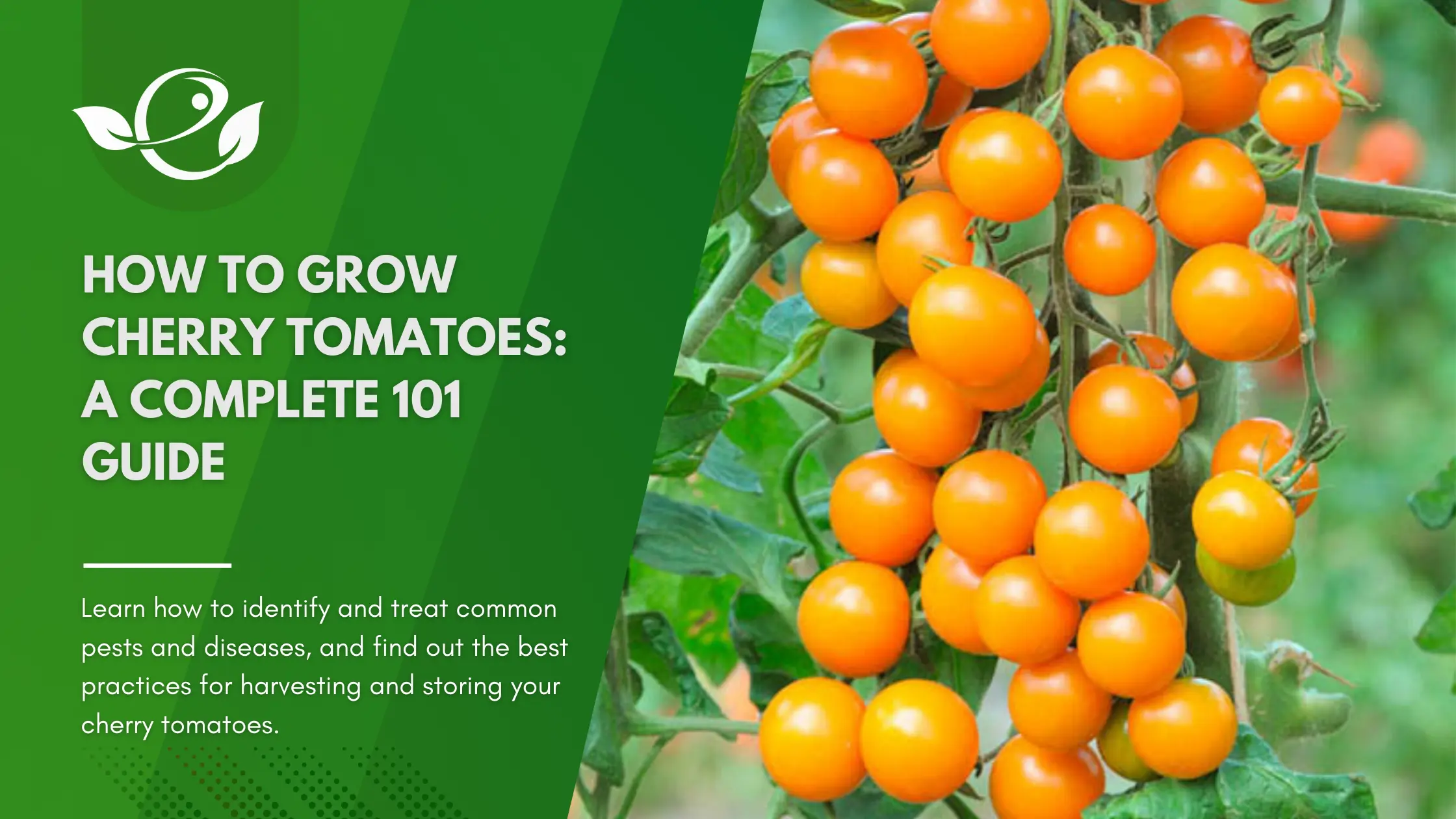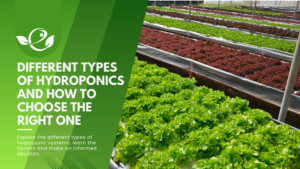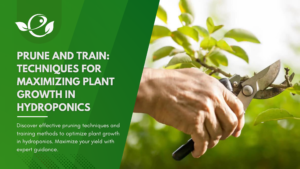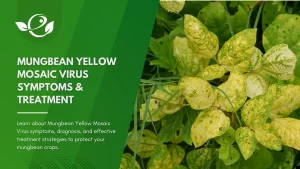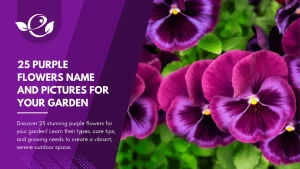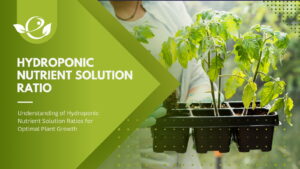Table of Contents
Cherry tomatoes are a staple in my garden every year and for a good reason. These tiny, sweet fruits can elevate salads, make a perfect snack, and even become the star of a dish. Over the years, I’ve learned a lot about how to grow the juiciest, most flavorful cherry tomatoes, and I’m thrilled to share that knowledge with you. Whether you’re a seasoned gardener or just starting, this guide will help you through every step of the process, from selecting your seeds to harvesting your bounty.
Cherry tomatoes, with their burst of flavour and vibrant colours, are a favourite among gardeners and chefs alike. Unlike their larger counterparts, cherry tomatoes are bite-sized and can range from sweet to tangy. They’re not only delicious but also packed with vitamins A and C, making them a healthy addition to any meal. Growing tomatoes is both rewarding and, with the right knowledge, relatively straightforward. Let’s embark on this gardening journey together, starting with choosing the right variety.
Choosing the Right Variety of Cherry Tomatoes
Overview of Different Cherry Tomato Varieties
The world of cherry tomatoes is vast and varied. From the classic red varieties like Sweet Million and Cherry Bomb to exotic types like Black Cherry and Sun Gold, there’s a cherry tomato for every palate. Each variety has its unique taste, colour, and growth habit, making the choice an exciting but essential part of the gardening process.
Cherry tomatoes come in a variety of colours, sizes, and flavours. Some popular varieties include:
- Red Cherry: Classic red cherry tomatoes with a sweet flavour.
- Yellow Pear: Small, pear-shaped yellow tomatoes with a mild flavour.
- Sun Gold: Orange-colored tomatoes with a sweet, tropical flavour.
- Black Cherry: Deep purple cherry tomatoes with a rich, complex flavour.
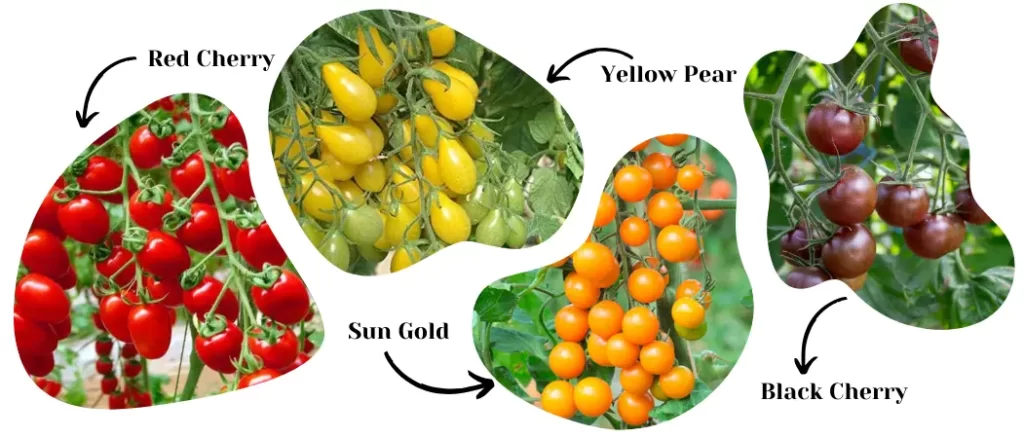
Factors to Consider When Choosing Cherry Tomato Varieties
When selecting cherry tomato varieties, there are several factors to consider. Taste is obviously a significant factor, but you should also think about how you plan to use them—snacking, salads, cooking, or perhaps preserving. The climate of your garden is another crucial consideration, as some varieties perform better in different environments.
Size
The size of the cherry tomato can vary, and while most are bite-sized, some can grow a bit larger. Consider your personal preference and how you plan to use them in your kitchen.
Flavor
Flavour profiles range from very sweet to tangy and even rich and smoky. Sampling different types at a farmer’s market can give you a good idea of what you might want to grow.
Disease Resistance
Some cherry tomato varieties have been bred for improved disease resistance, which can be a godsend, especially in humid or rainy climates where fungal diseases thrive.
Growth Habit
Cherry tomatoes can be determinate, meaning they grow to a fixed height and produce all their fruit at once, or indeterminate, where they continue growing and producing fruit throughout the season. Your space and how you plan to use the tomatoes can guide this choice.
Selecting a Planting Location
A. Sunlight Requirements for Cherry Tomatoes
Cherry tomatoes require full sun, which means they need at least 6-8 hours of direct sunlight per day.
B. Soil Requirements and Soil Preparation
Cherry tomatoes prefer well-draining, fertile soil with a pH level between 6.0 and 6.8. Before planting, amend the soil with organic matter such as compost or aged manure.
C. Container vs. Garden Bed: Pros and Cons
Container Gardening
- Pros:
- Ideal for small spaces like balconies or patios.
- Allows for better control over soil conditions.
- Easier to move plants to follow the sun.
Garden Bed
- Pros:
- Provides more space for plants to grow and spread out.
- Allows for better root development.
- Typically requires less frequent watering than containers.
Preparing the Soil for Cherry Tomato Plants
Preparing the soil is a crucial step in ensuring your tomatoes get the best start. Cherry tomatoes prefer rich, well-draining soil with a pH between 6.0 and 6.8. I recommend testing your soil and amending it with compost to improve fertility and texture. A balanced, slow-release fertilizer mixed into the soil before planting can also promote healthy growth.
Planting Cherry Tomatoes in the Ground
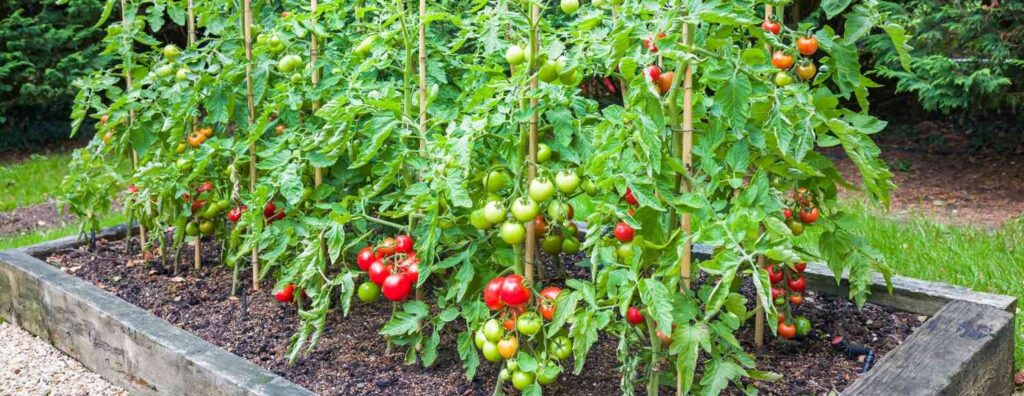
When planting tomatoes in the ground, ensure you choose a sunny spot, as tomatoes thrive in full sun. Dig a hole for each plant, spacing them about 24-36 inches apart to give them room to grow. Bury the plants up to their first set of true leaves to encourage strong root development. Water them well after planting to settle the soil around the roots.
- Choose a sunny location with well-draining soil.
- Space cherry tomato plants 2-3 feet apart in rows spaced 3-4 feet apart.
- Dig a hole twice as wide and deep as the root ball of the plant.
- Place the plant in the hole and backfill it with soil.
- Water thoroughly after planting.
Growing Cherry Tomatoes in Containers
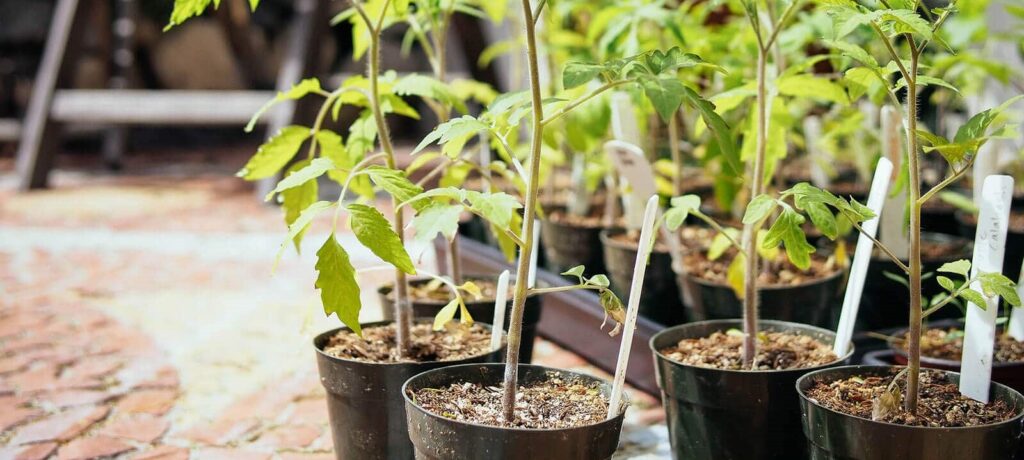
For those with limited space, growing cherry tomatoes in containers is a great option. Choose a large pot with good drainage and use a high-quality potting mix. Be sure to place your container in a location that receives at least 6-8 hours of sunlight daily. Container plants may require more frequent watering and fertilizing than those in the ground.
- Choose a large container with drainage holes.
- Fill the container with well-draining potting soil.
- Plant the cherry tomato seedling at the same depth it was in the nursery container.
- Water thoroughly after planting.
Hydroponic Gardening for Cherry Tomatoes
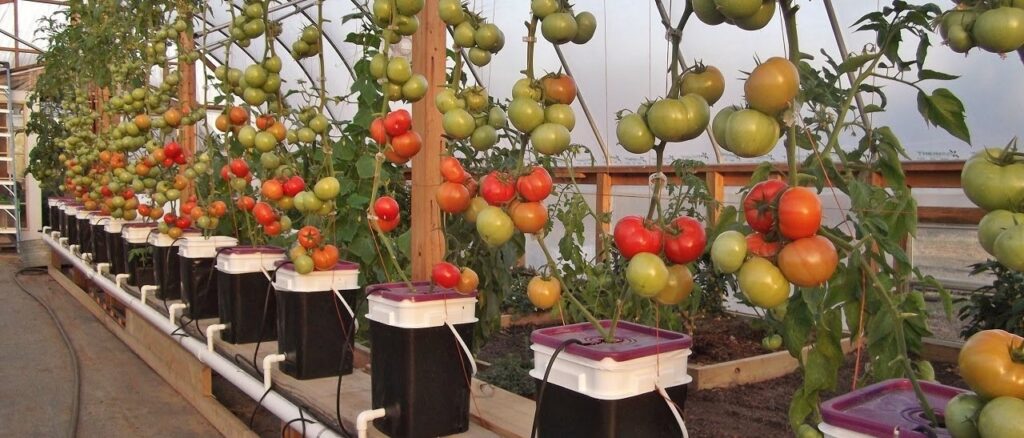
Hydroponic gardening is another exciting way to grow cherry tomatoes. This soil-less method allows for precise control over nutrients and water, often resulting in higher yields. Starting a hydroponic system can be an investment, but it’s a worthwhile venture for those passionate about gardening.
Planting Cherry Tomatoes
Best Time to Plant Cherry Tomatoes
The best time to plant cherry tomatoes is after the last frost date in your area when the soil has warmed. Starting seeds indoors 6-8 weeks before this date can give you a head start on the growing season.
Spacing and Depth Requirements
When planting, adhere to the spacing guidelines for your chosen variety. As a general rule, plants should be spaced 24-36 inches apart in rows that are 36-48 inches apart. Planting at the correct depth and spacing ensures adequate airflow and sunlight, reducing the risk of disease.
Proper Watering and Fertilizing Techniques
A. Watering Requirements for Cherry Tomatoes
Cherry tomatoes need consistent moisture to thrive, especially during hot, dry weather. Water deeply once or twice a week, depending on weather conditions.
B. Fertilizing Schedule and Methods
- Before Planting:
- Mix a balanced fertilizer into the soil according to package instructions.
- During the Growing Season:
- Side-dress with compost or a balanced fertilizer every 4-6 weeks.
C. Common Nutrient Deficiencies and How to Address Them
- Nitrogen Deficiency: Yellowing leaves can indicate a nitrogen deficiency. Apply a nitrogen-rich fertilizer to correct the issue.
- Calcium Deficiency: Blossom end rot is a common sign of calcium deficiency. Add lime or gypsum to the soil to increase calcium levels.
Protecting Cherry Tomato Plants from Pests and Diseases
A. Common Pests That Affect Cherry Tomato Plants
- Aphids: Small, soft-bodied insects that suck sap from plants.
- Hornworms: Large, green caterpillars that feed on tomato leaves and fruit.
- Whiteflies: Small, white insects that feed on the undersides of leaves.
B. Common Diseases That Affect Cherry Tomato Plants
- Early Blight: Causes dark spots on leaves, which can eventually kill the plant.
- Late Blight: Causes dark, water-soaked lesions on leaves and fruit.
- Fusarium Wilt: Causes yellowing and wilting of leaves, usually starting on one side of the plant.
C. Prevention and Treatment Methods
- Preventative Measures:
- Rotate crops annually to prevent the buildup of soilborne diseases.
- Mulch around plants to prevent soil from splashing onto leaves.
- Treatment Options:
- Use insecticidal soap or neem oil to control aphids and whiteflies.
- Handpick hornworms and destroy them.
- Remove and destroy infected plants to prevent the spread of disease.
Pruning and Supporting Cherry Tomato Plants
A. Staking vs. Caging vs. Trellising
| Method | Pros |
|---|---|
| Staking | – Provides vertical support for plants. |
| – Keeps fruits off the ground, reducing the risk of rot and disease. | |
| Caging | – Easy and quick to install. |
| – Provides support for plants without the need for tying. | |
| Trellising | – Saves space by training plants to grow vertically. |
| – Allows for better air circulation and sunlight exposure. |
B. How to Stake, Cage, or Trellis Cherry Tomato Plants
- Staking: Drive a stake into the ground next to each plant and loosely tie the stem to the stake as it grows.
- Caging: Place a tomato cage over the plant when planting, and as it grows, guide the branches through the cage openings.
- Trellising: Install a trellis system and tie the main stem of the plant to the trellis as it grows.
C. Pruning Techniques for Cherry Tomatoes
- Remove Suckers: Pinch off suckers (the small shoots that grow in the crotch between the stem and branches) to encourage larger fruit production.
- Remove Lower Leaves: Remove the lower leaves of the plant to improve airflow and reduce the risk of disease.
Troubleshooting Common Issues in Cherry Tomato Cultivation
Even with careful planning and care, issues can arise. Blossom end rot, cracking, and sunscald are common problems that can usually be mitigated with consistent watering and providing some shade during the hottest part of the day.
Harvesting Cherry Tomatoes
A. How to know When Cherry Tomatoes Are Ripe
Cherry tomatoes are ripe and ready to harvest when they are fully coloured and slightly soft to the touch.
B. How to Harvest Cherry Tomatoes
- Gently grasp the tomato between your thumb and forefinger.
- Twist the tomato until it breaks free from the stem.
- Avoid pulling or yanking, as this can damage the plant.
C. Post-Harvest Tips for Cherry Tomatoes
- Store tomatoes at room temperature away from direct sunlight.
- Use ripe tomatoes within 1-2 days for the best flavour and texture.
- Avoid refrigerating tomatoes, as this can cause them to lose flavour and become mealy.
Storing and Preserving Cherry Tomatoes
A. How to Store Tomatoes for Maximum Freshness
- Store cherry tomatoes in a single layer in a cool, dry place away from direct sunlight.
- Avoid washing tomatoes until you’re ready to use them, as moisture can promote mould and rot.
B. Methods for Preserving Cherry Tomatoes
Freezing
- Wash and dry cherry tomatoes.
- Place them in a single layer on a baking sheet and freeze until firm.
- Transfer frozen tomatoes to a freezer-safe container or bag.
Canning
- Wash and sterilize canning jars and lids.
- Pack the tomatoes into hot jars, leaving 1/2 inch of headspace.
- Add boiling water, salt, and lemon juice to each jar.
- Process in a boiling water bath for the recommended time.
Drying
- Wash and dry cherry tomatoes.
- Slice tomatoes in half and arrange them on a baking sheet.
- Sprinkle with salt and herbs, if desired.
- Dry in a low oven or dehydrator until leathery.
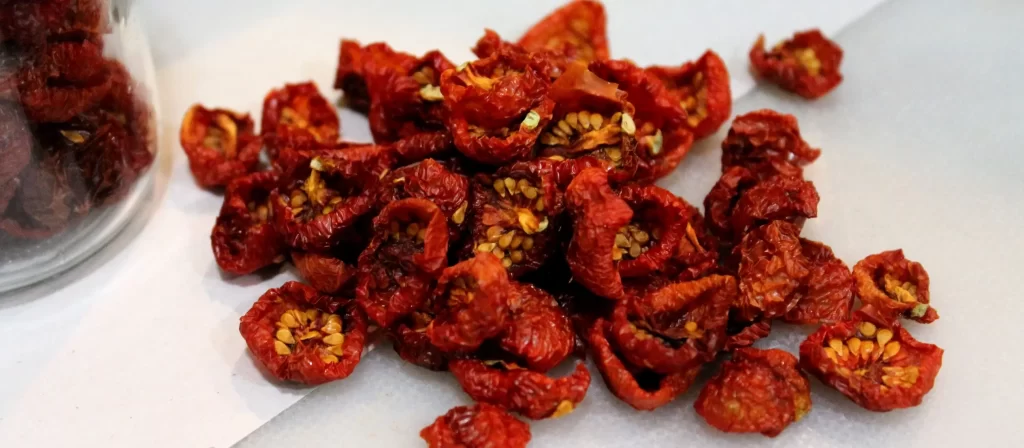
Conclusion and Final Tips
Growing cherry tomatoes can be incredibly rewarding. By choosing the right varieties for your garden, preparing the soil properly, and providing your plants with the care they need, you’ll be well on your way to a bountiful harvest. Remember, gardening is a learning process, and each season brings new challenges and successes. Enjoy the fruits of your labour, and don’t hesitate to experiment with different varieties and growing methods. Happy gardening!
